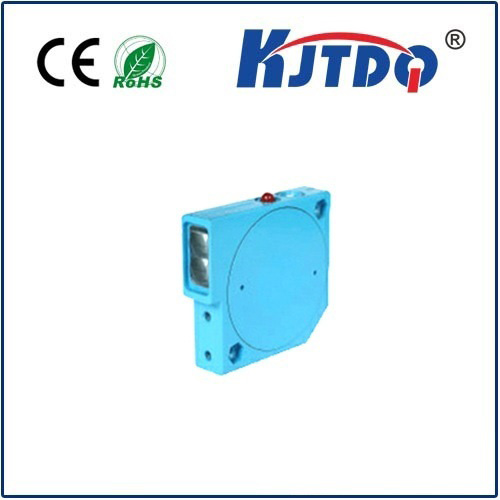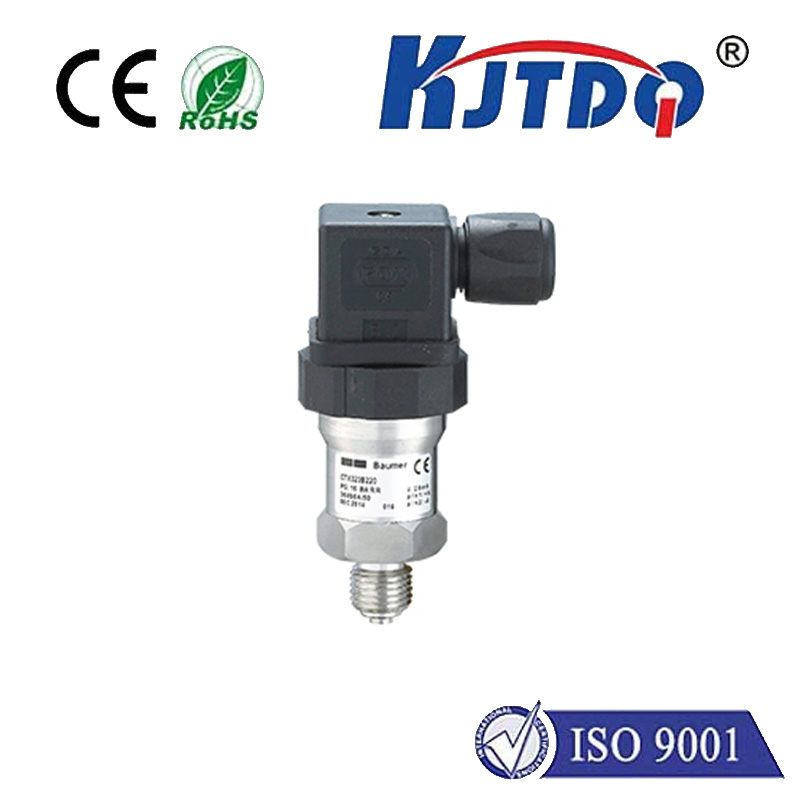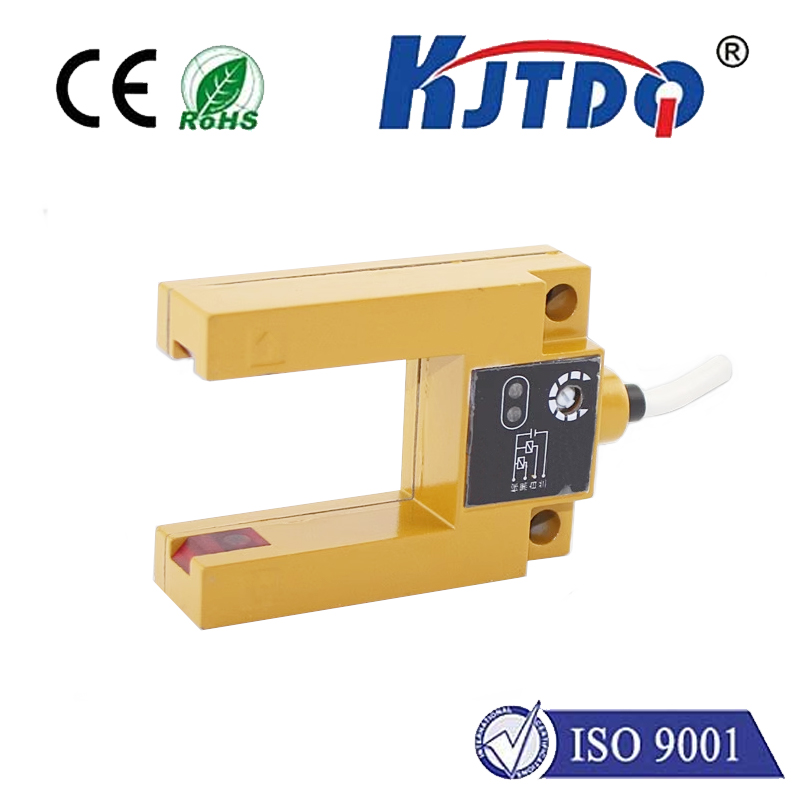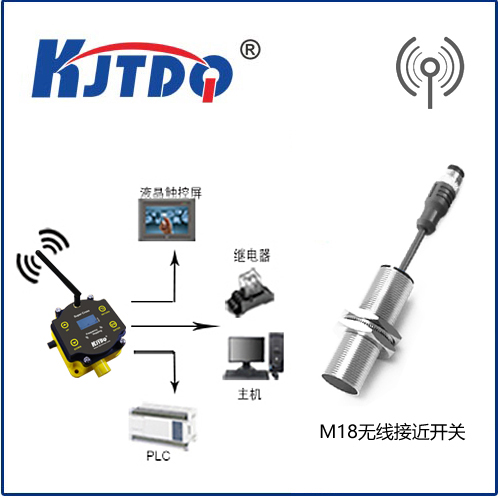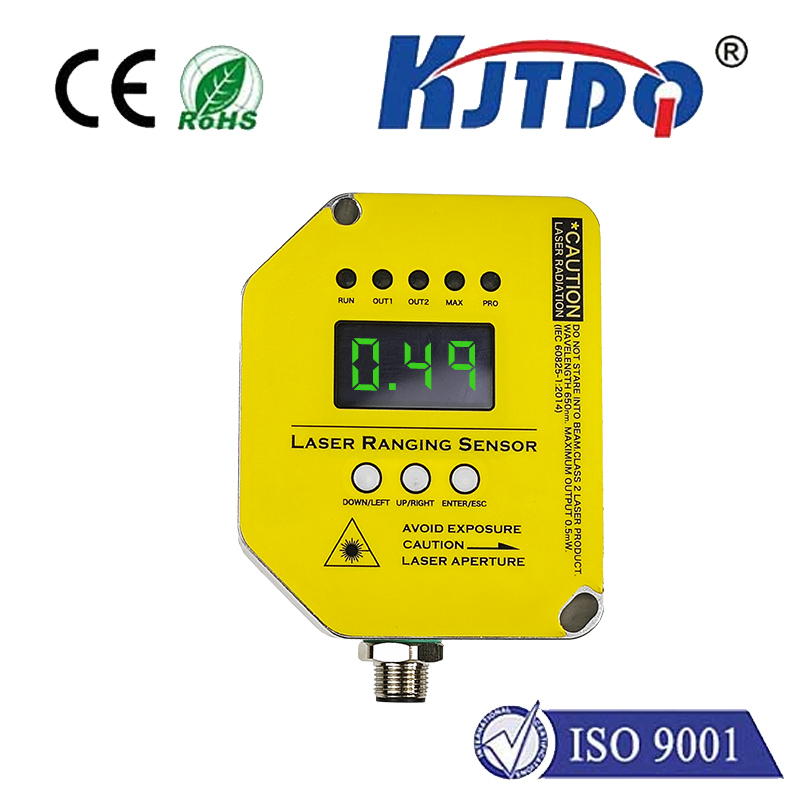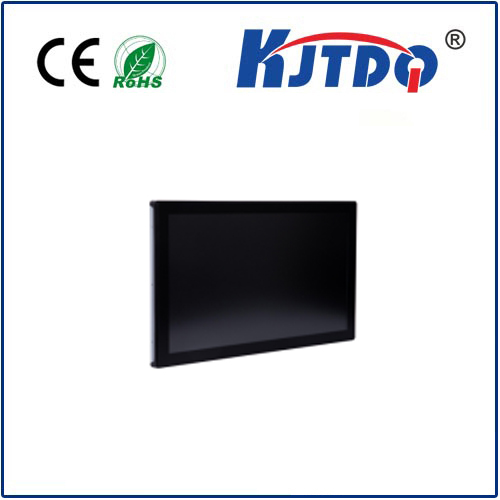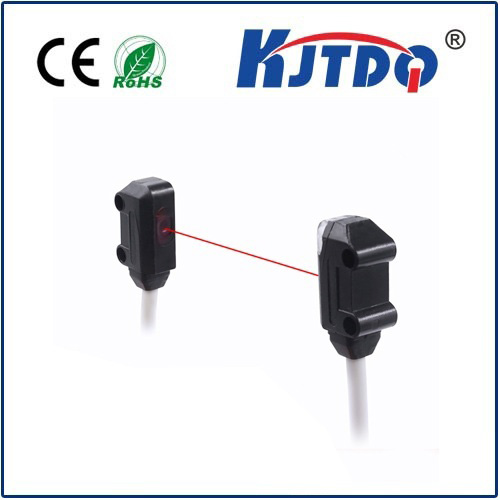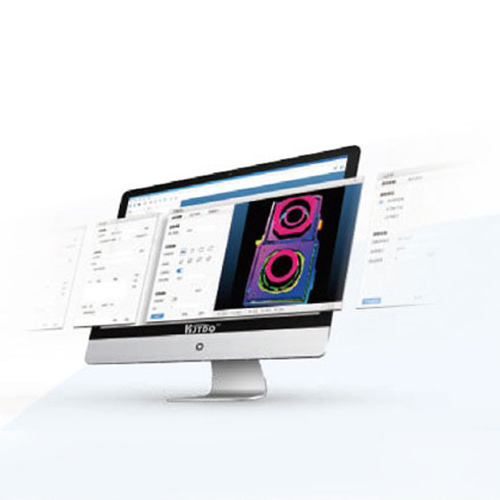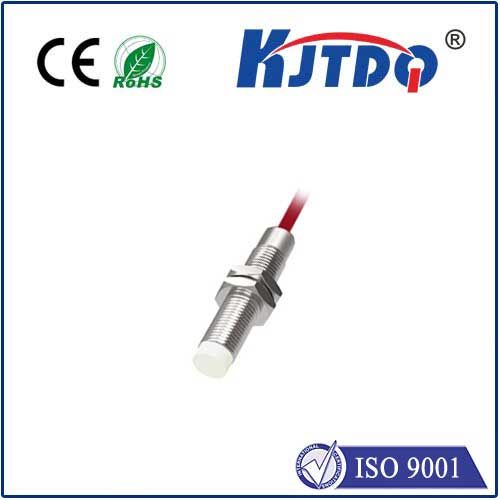Цифровой ограничитель
- time:2025-08-04 12:25:57
- Нажмите:0
Digital Limit Switches: The Unsung Precision Heroes of Modern Automation
In the intricate dance of automated machinery – from high-speed packaging lines to precision robotic arms welding car chassis – accuracy is paramount. Components must move to exact positions, sequences must trigger flawlessly, and operations need hard stops for safety and consistency. Standing sentinel in this demanding environment, often unseen but critically important, is the Цифровой ограничитель. It represents a fundamental evolution beyond its mechanical predecessors, becoming a cornerstone of reliable, precise, and intelligent position sensing. This article delves into the world of digital limit switches, exploring their function, advantages, and indispensable role in today’s industrial landscape.
Beyond the Lever: Defining the Digital Limit Switch
At its core, a limit switch detects the presence or absence of an object and sends a corresponding electrical signal. Traditionally, mechanical limit switches relied on physical levers or plungers being actuated by the target object. While still useful in some contexts, they are susceptible to wear, bounce, contamination, and slower response times.
The Цифровой ограничитель revolutionizes this concept. Instead of moving parts making direct contact, it utilizes non-contact sensing technologies to detect an object within its specified range. Common types include:

- Inductive Proximity Sensors: Detect metallic targets without physical contact by generating an electromagnetic field. Ideal for harsh industrial environments due to their robustness.
- Capacitive Proximity Sensors: Detect both metallic and non-metallic objects (liquids, plastics, wood) by measuring changes in capacitance. Versatile for diverse material handling.
- Photoelectric Sensors: Use light beams (visible, infrared, laser) to detect object presence, absence, or distance. Offer long sensing ranges and high precision for various applications.
- Magnetic Sensors: Detect the presence of a magnetic field, typically from a magnet attached to the moving part. Excellent for dirty or wet environments where other sensors might struggle.
The “digital” aspect is crucial. Unlike old mechanical switches that were simply open/closed contacts, these modern sensors incorporate sophisticated electronics. This allows them to output a clean, debounced digital signal – typically a solid-state ON/OFF signal like a clean +24VDC or 0VDC (depending on configuration: PNP/NPN). This signal is immune to contact bounce and easily interfaces directly with Programmable Logic Controllers (PLCs), motor drives, and other digital control systems.
Why Choose Digital? Key Advantages Over Mechanical Switches
The shift towards digital limit switches is driven by compelling benefits that directly impact operational efficiency, reliability, and cost:
- Enhanced Durability and Reliability: The absence of moving mechanical parts subject to wear and tear is a game-changer. Digital switches offer vastly longer operational lifespans, significantly reducing downtime and maintenance costs associated with replacing worn-out mechanical contacts.
- Superior Precision and Repeatability: Non-contact sensing provides exceptional accuracy in detecting an object’s position. There’s no physical deflection or overtravel required, leading to highly consistent and repeatable switching points critical for precise machine control.
- Resistance to Harsh Environments: Modern digital limit switches boast impressive ingress protection ratings (IP67, IP68, IP69K). They can reliably operate submerged in fluids, exposed to high-pressure washdowns, covered in dust and oil, or enduring extreme temperatures where mechanical switches would fail or jam.
- Faster Response Times: Electronic sensing enables microsecond-level response times. This is vital in high-speed automation where machinery cycles rapidly. Delays caused by mechanical actuation are eliminated.
- Resistance to Contamination: Oil, grease, dust, and chips that would gum up or obstruct mechanical levers have little to no effect on the sealed housing and sensing face of most digital sensors, ensuring dependable operation.
- Simplified Installation and Adjustment: Many digital sensors offer adjustable sensing ranges and easy mounting options. Their compact size often allows installation in space-constrained locations where bulky mechanical switches wouldn’t fit.
Where Digital Limit Switches Deliver Value: Core Applications
The robustness, precision, and versatility of digital limit switches make them indispensable across virtually every sector of industry:
- Factory Automation: Position verification of robots, end-of-stroke detection on cylinders and linear actuators, workpiece presence/absence in assembly lines, pallet positioning, and safety door interlocks. Ensuring sequences run correctly and safely.
- Material Handling & Packaging: Verifying box closure, detecting product fill levels, counting items on conveyors, indicating gate positions, and confirming stack height. Enabling smooth logistics and packaging integrity.
- Automotive Manufacturing: Precision positioning of welding robots, verifying door/hood/trunk closure on assembly lines, tool positioning in machining centers, and end-of-travel detection on test rigs. Critical for quality and throughput.
- Food & Beverage Processing: Detecting container levels, verifying cap placement, confirming case sealing, and monitoring conveyor jams. Compatible with stringent hygiene standards (often requiring stainless steel housings).
- Mobile Machinery (Construction, Agriculture): Boom position sensing, implement height control, cylinder end-of-stroke detection, and safety lockout verification. Withstanding vibration, weather, and contamination.
- Elevators & Escalators: Floor leveling, door zone safety, and overspeed detection. Providing vital safety and positioning feedback.
Selecting the Right Digital Limit Switch: Key Considerations
Choosing the optimal Цифровой ограничитель involves evaluating several factors specific to the application:
- Sensing Technology: Inductive (metal only), capacitive (metal/non-metal), photoelectric (light beam), magnetic (magnet required)? Match to the target material and environment.
- Sensing Range: How far away does the target need to be detected? Ensure adequate range with margin for safety.
- Output Type: PNP (sourcing) or NPN (sinking)? Voltage level? Must be compatible with the control system input (PLC, drive, etc.).
- Environment: Consider temperature extremes, exposure to water/coolant/oil/dust, chemicals, and mechanical shock/vibration. Look for appropriate IP ratings and material construction (e.g., nickel-plated brass, stainless steel).
- Mounting & Size: Physical constraints dictate housing shape and size options (tubular, block-style, rectangular).
- Special Features: Some models offer adjustable sensitivity, short-circuit protection, or status LEDs for diagnostics.
The Foundation of Precise Automation
Digital limit switches are far more than just simple switches. They are sophisticated sensors providing the essential, high-fidelity position feedback that modern control systems demand. Their evolution from mechanical contacts to intelligent, robust solid-state devices has been driven by the relentless pursuit of higher productivity, greater reliability, and enhanced safety in automation. Understanding their operation, advantages, and diverse applications empowers engineers and technicians to design and maintain systems that operate not just effectively, but with the precision and resilience required in today’s competitive industrial world. They remain the quietly reliable sentinels, ensuring machines move correctly, stop precisely, and operate safely, one digital signal at a time.

